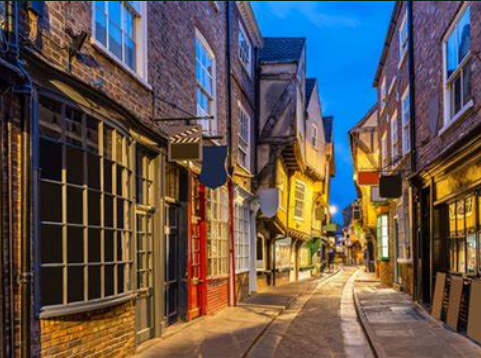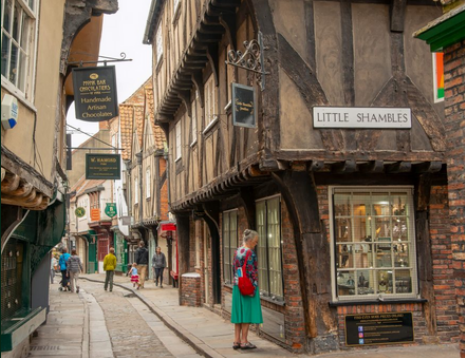York’s History
York is one of England’s finest and most beautiful historic cities. The Romans knew it as Eboracum. To the Saxons it was Euphoric. The Vikings – who came as invaders but stayed on in settlements – called it Jorvik. Its more recent history also characterises the city – its Minster and medieval architecture, its Georgian town houses, and its wonderful Victorian railway station.
The York of today is a fashionable city that successfully combines its heritage and superb historic architecture with sophisticated designer shops, smart restaurants, bars and cafes, to attract tourists from all over the world. Visitors soon discover that every aspect of York’s modern life is inextricably linked with its past. Even their evening entertainment includes ghost walks through the city’s shadowy snickleways and ginnels to find haunted pubs – of which York boasts a great many.
The city is recognised the world over as an archaeological treasure trove. JORVIK, now a state-of-the-art visitor attraction, is one of the bestknown sites in the city, and since the dig here began in 1976 it has captured and sustained the public imagination. Over 15000 objects were recovered in the process of uncovering a Viking village complete with workshops, rubbish pits, latrines and wells. The most spectacular find was an exquisitely preserved Anglo Saxon helmet, now on view in the Castle Museum.
Within its ancient, encircling walls York’s medieval streets and buildings are beautifully preserved and the historic heart of the city is largely
traffic-free, making it quiet, clean and very pleasant to stroll around, day and night.
Stonegate and Petergate, York’s two most stylish shopping streets, still run along the same routes as they did 2,000 years ago, when they were
called Via Praetoria and Via Principals and led to the massive Roman headquarters which once occupied the site where the vast gothic Minster
stands today, dominating the city.
This magnificent building took 250 years to build and was consecrated in 1472. It contains England’s greatest concentration of medieval stained
glass, including the great east window which, measuring 186 square metres, is thought to be the largest area of stained glass in the world.
There is nothing more evocative of York’s medieval era than the narrow streets and snickleways, winding haphazardly through the city centre. These days they are home to fashionable boutiques and cafes, with unforgettable names such as Coffee Yard, Swinegate, Grape Lane (formerly Grope Lane), Mad Alice Lane and – most famous of all – The Shambles.
“The History of York is the history of England.” King George VI
This former street of butchers’ shops has survived as one of the most complete medieval streets in Europe and remains in such remarkable condition that you can still see the wide windowsills on which goods were displayed for sale and even the hooks upon which cuts of meat were hung.



